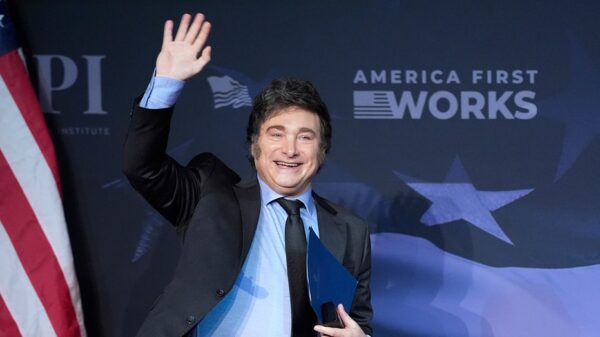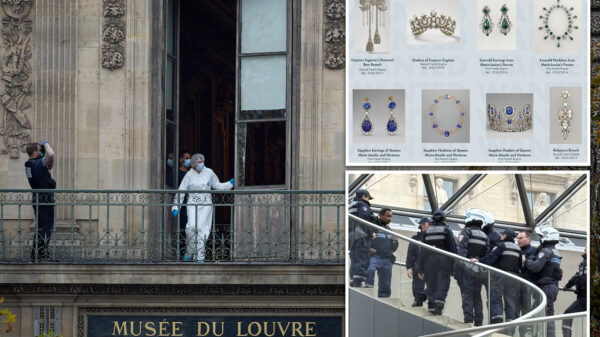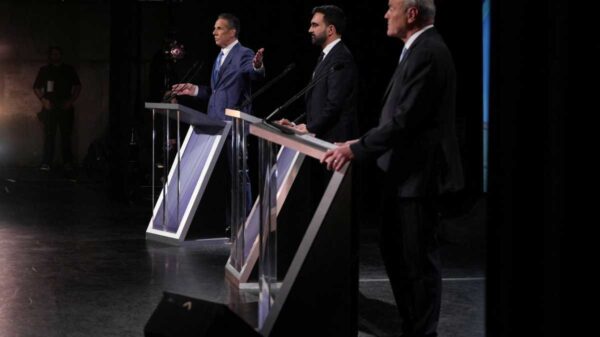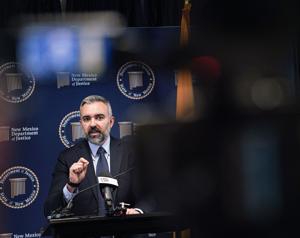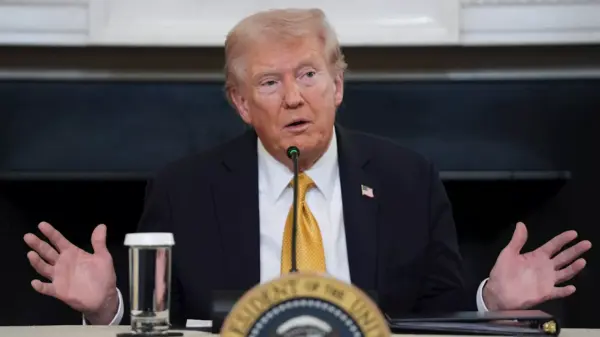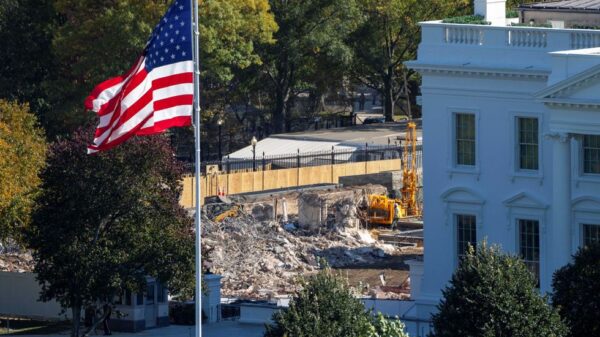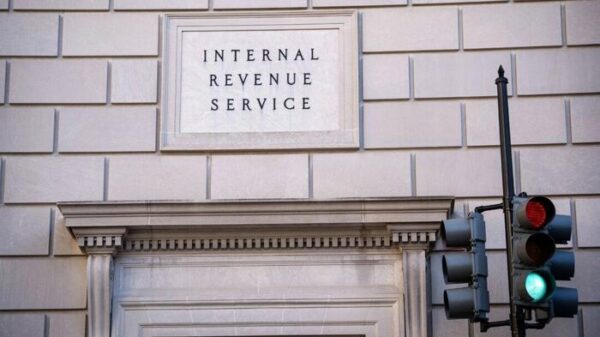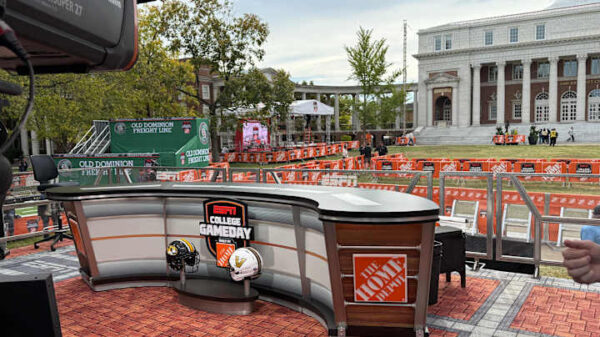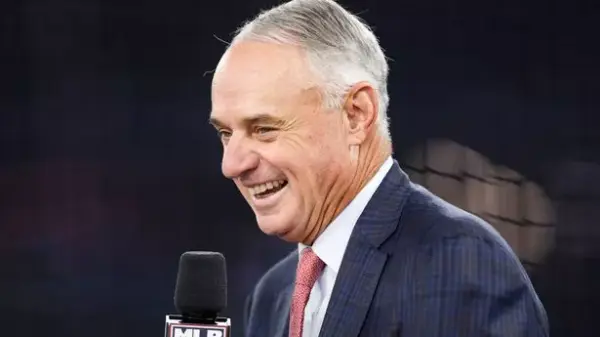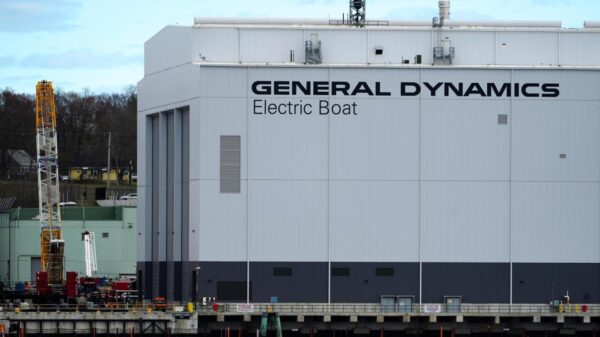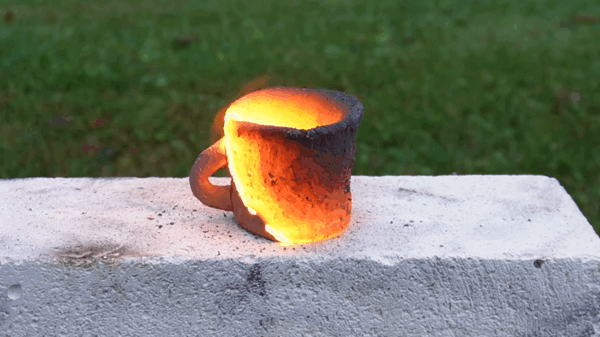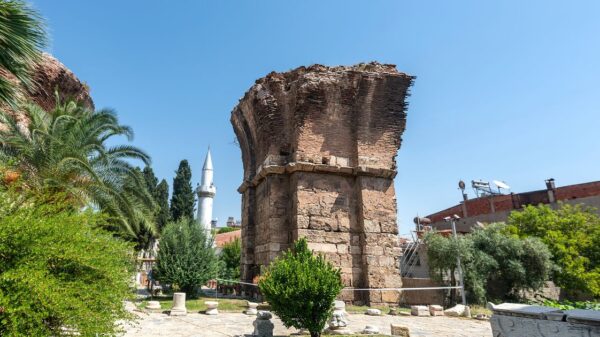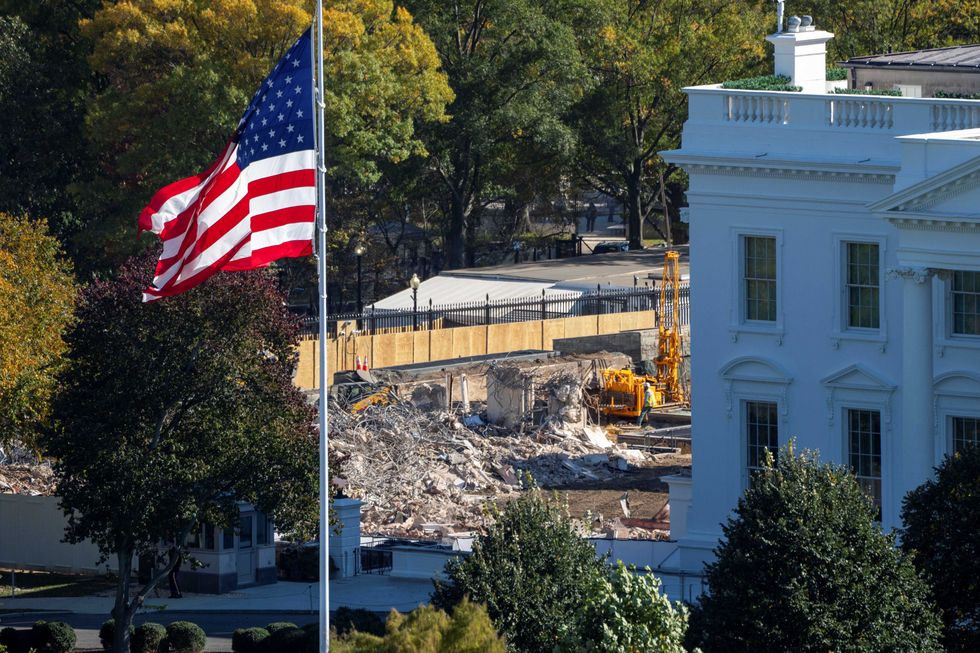A member of the Wall Street Journal’s editorial board has sharply criticized President Donald Trump for his decision to demolish the East Wing of the White House to create a large ballroom. In a recent opinion piece, published on October 15, 2023, columnist Collin Levy described the project as an “astonishing fiasco” that undermines a significant symbol of American history and national identity.
Levy expressed her concerns regarding the lack of public discourse surrounding this decision, highlighting the silence from Republican leaders as Trump proceeds with the demolition. She stated, “We now live in a democracy in which a president, with neither public notice nor permission, demolished part of the White House and no one tried to stop him.” This action, according to Levy, not only disregards historical preservation but also showcases a troubling shift in the perception of the White House as merely a functional space.
Concerns Over Historical Legacy
In her op-ed, Levy criticized arguments made by some Republicans that the East Wing’s demolition is justified because it primarily served as a space for First Ladies. She countered this notion by highlighting the important roles that First Ladies have played throughout history, including promoting literacy and hosting military families. “History is important, monuments matter,” Levy emphasized, arguing that the East Wing should be viewed as more than just a building optimized for modern functions.
Levy’s critique extends to the broader implications of such actions, suggesting that they reflect a disregard for “the foundations of the republic we built.” She warned that allowing the destruction of significant historical structures undermines respect for the nation’s heritage and legacy.
A Call for Preservation
The op-ed has reignited discussions about the importance of preserving historical sites, especially those with deep-rooted connections to the nation’s identity. Levy’s remarks resonate with advocates for historic preservation, who assert that the East Wing represents not only a physical structure but also an enduring symbol of democracy and national pride.
The ongoing debate highlights a crucial tension between modernization efforts and the preservation of historical integrity. As the demolition continues, many are left to ponder the future of the White House and what it signifies for American history. Levy’s passionate defense of the East Wing serves as a reminder of the importance of protecting the nation’s heritage, urging that such matters are not mere overreactions but essential to maintaining the integrity of the republic.
As this situation unfolds, it raises significant questions about the role of leadership in safeguarding the nation’s history and the values it represents. The dialogue surrounding the East Wing will likely continue as various stakeholders weigh in on the implications of Trump’s decisions and the direction of American historical preservation.






